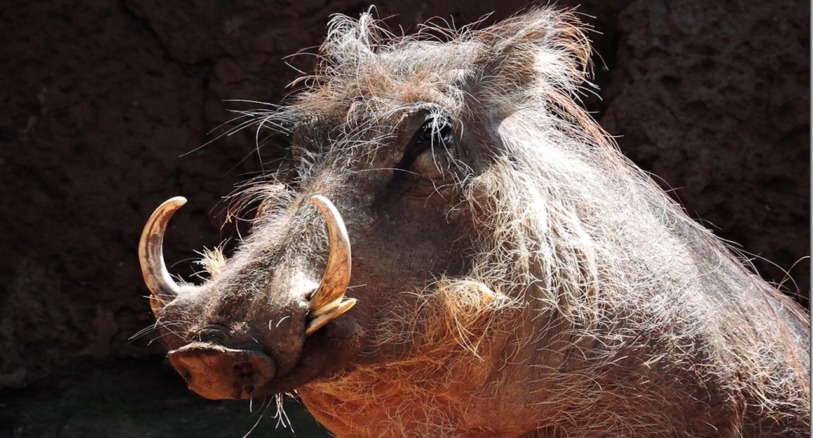
Wart Hogs prefer plains regions and avoid forests. They inhabit Africa south of the Sahara except at the southern tip of the continent.
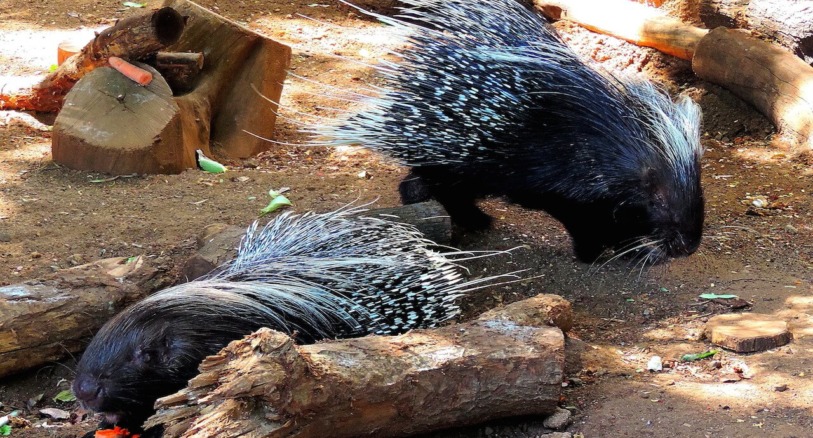
The North African crested porcupine is nocturnal. They are very adaptable and can be found in forests, on plantations, in rocky or mountainous areas as well as in deserts.
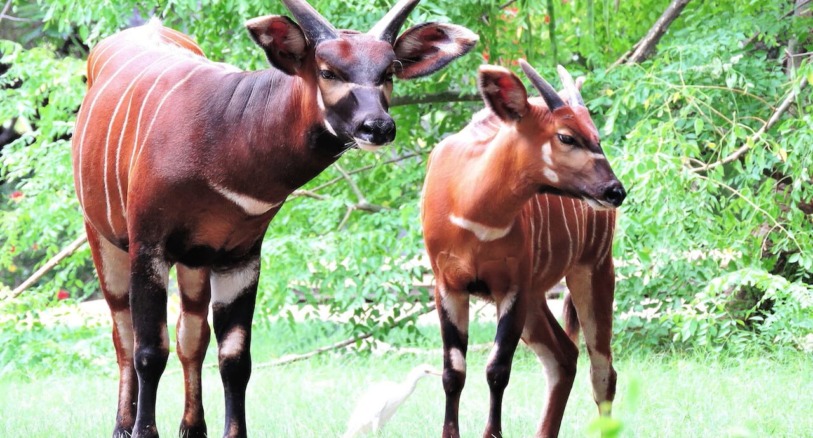
Bongo are most active at dawn and dusk, and often forage near the edges of wooded areas. They normally shy in the wild and flee into the forest for cover at the slightest provocation.
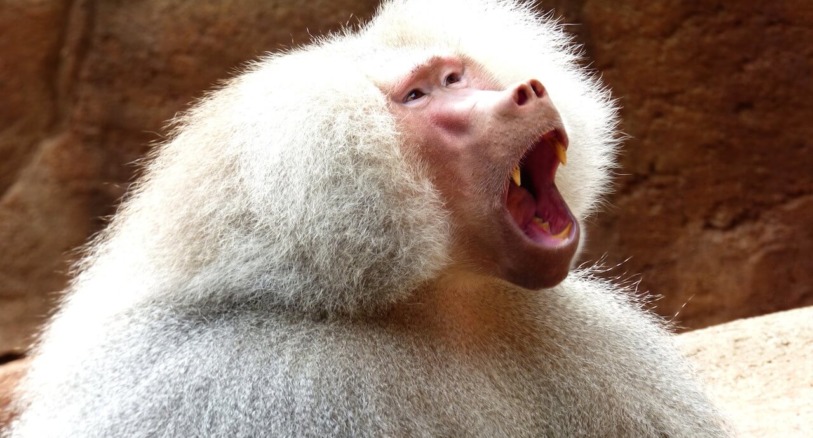
Sacred Baboons are common throughout northeastern Africa, but are extinct in the Nile region and Egypt, where they originally received their name and were worshiped by the ancient Egyptians.
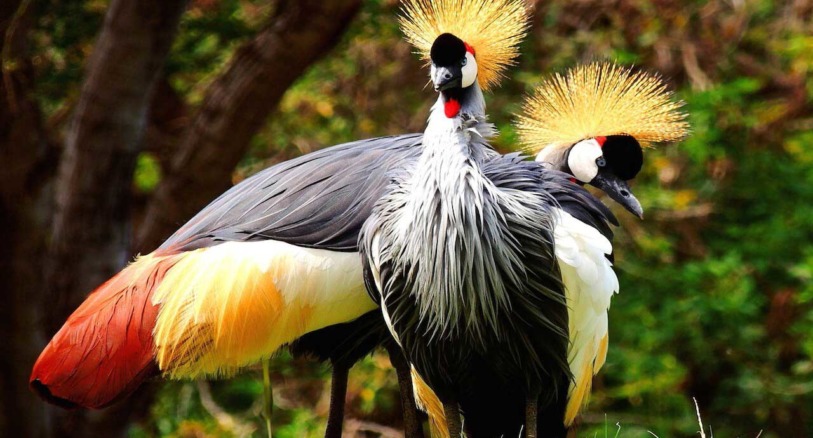
The Crowned Crane is a majestic bird with a yellow topknot on the crown, black plumage, white and yellow wing-coverts and a black forehead.
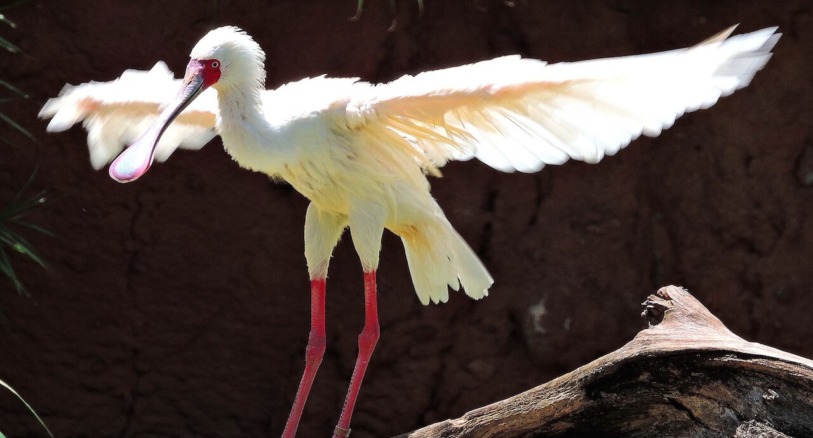
The African Spoonbill is a long-legged wading bird. Its height is 90 cm (36″). Its body is predominantly white, except for its red legs, face, and bill. Its wing is 365-403 mm long.
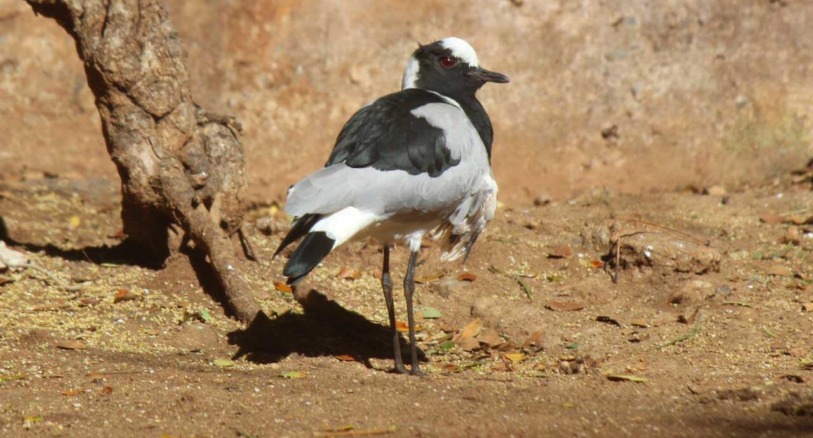
The Blacksmith Plover is a medium sized lapwing bird approximately 12 inches long. It is a strikingly patterned bird with red eyes, and very long legs.
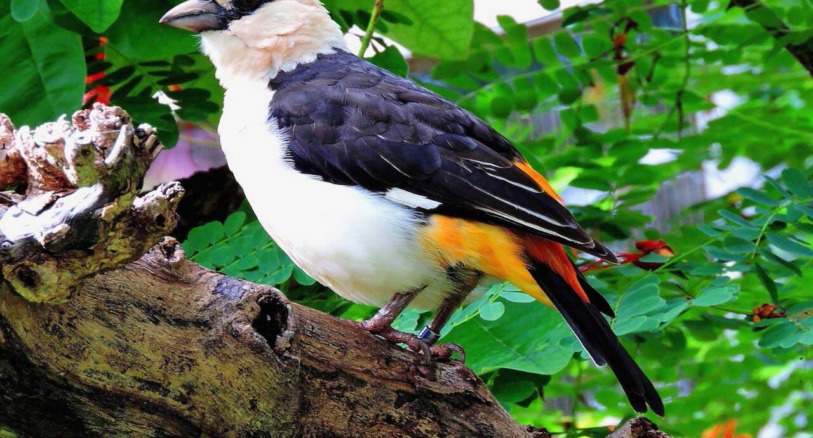
Buffalo weavers nest in open, loose colonies. The nest is built high in a tree in a fork of branches. It is a large, rather untidy structure of twigs and coarse grasses, the short tubular entrance being on the bottom.
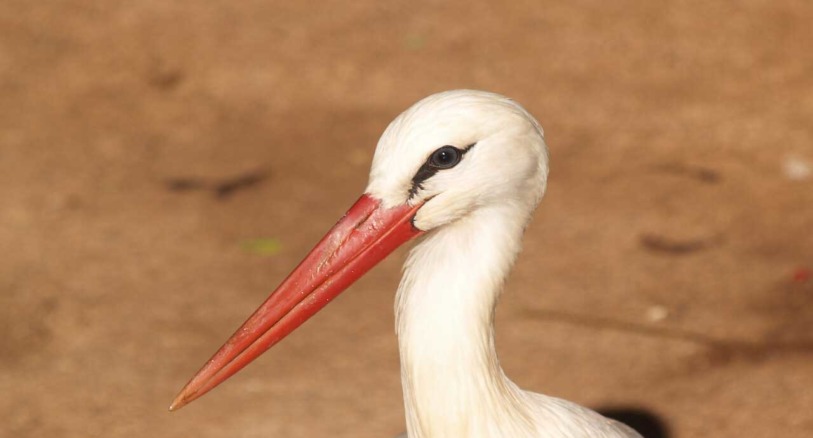
There are 17 species of storks, all with stout bodies, long slender legs and slightly webbed short toes. Their claws are blunt and nail-like. Like birds of prey, young storks have two successive coats of down.
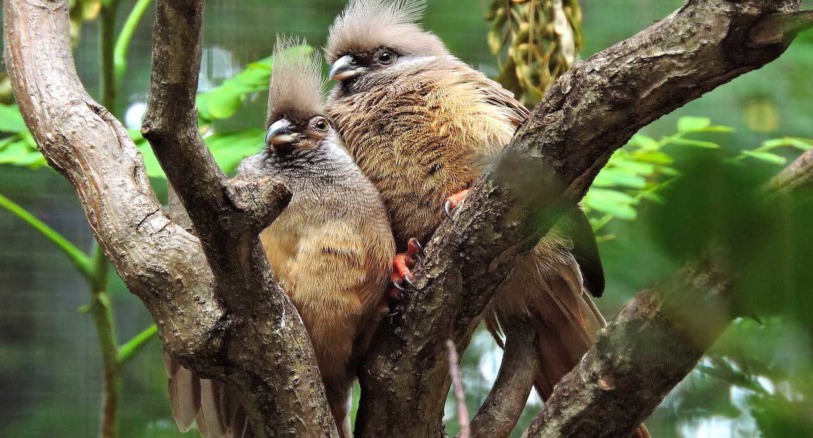
They are predominantly brown in color and have a head crest of the same coloring. Its bill is black on the upper part and a pinkish color on the lower part of the bill.

